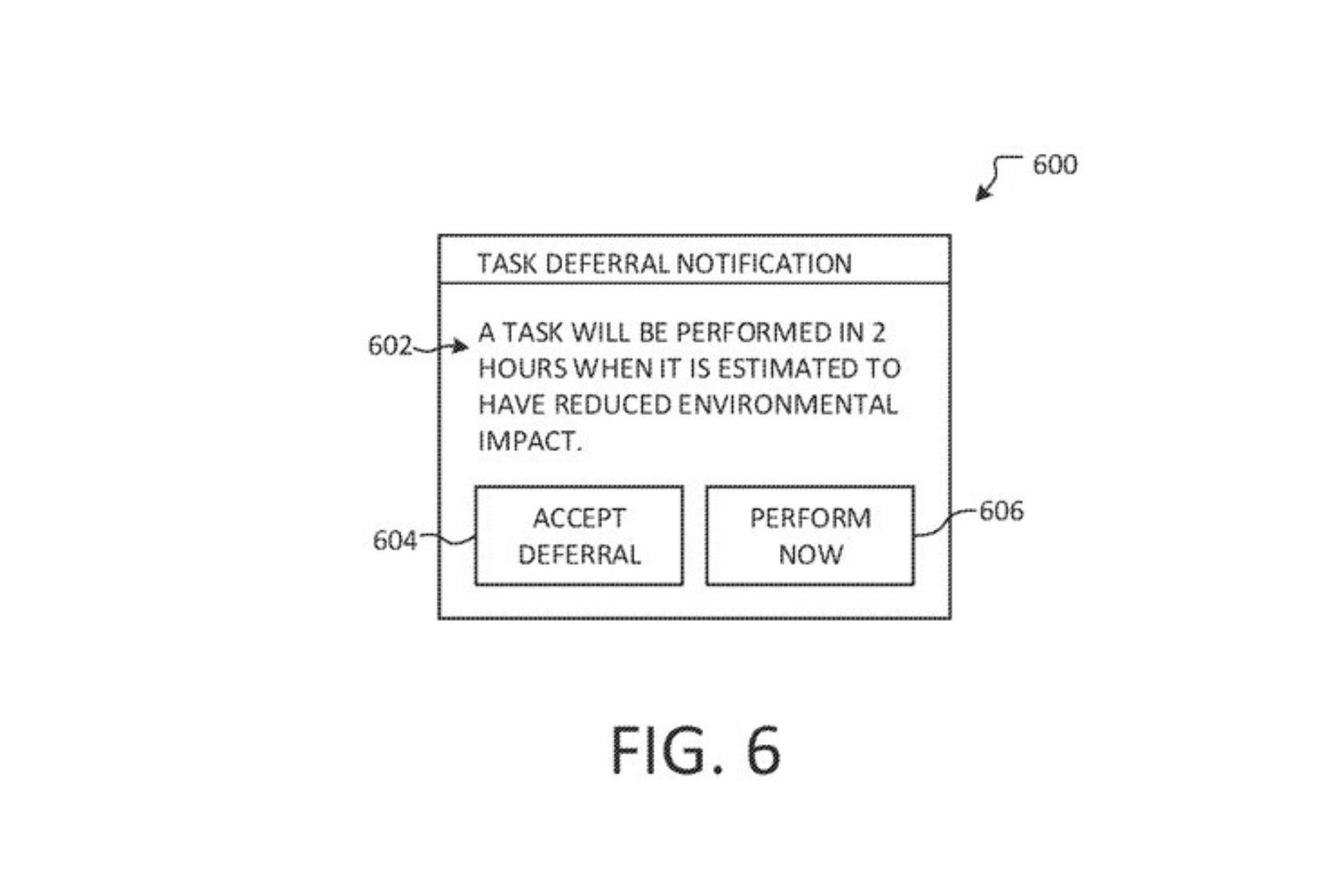Automatic music detection and noise suppression for Teams are rolling out
2 min. read
Published on
Read our disclosure page to find out how can you help Windows Report sustain the editorial team Read more
Key notes
- Microsoft keeps true to its job and constantly improves the overall Teams experience.
- After making major improvements on the audio front, the tech giant adds more tweaks.
- Changes were possible due to training a convolutional neural network on a training set.
- The model was tested on a collection of 1,000 audio clips, which yielded an accuracy of 81%.

Hybrid work is the only viable solution that companies around the world could fall on after the COVID-19 pandemic started.
Although many enterprises went belly up because of the current global situation, most managed to stay afloat and keep on functioning.
It will come as no surprise that one of the biggest and most popular platforms for conferencing and communicating during this work-from-home situation, is Microsoft’s Teams.
The app gets updated once or even twice every month, and the Redmond tech giant is doing everything it can to make sure users have everything they need at their fingertips.
Now, Microsoft has announced its rolling out some audio improvements, and while not all of them are new, they are certainly welcome.
Microsoft is rolling out new feature for the Teams app
One of the Teams features that Microsoft started rolling out recently, is the high fidelity music mode. One of the new additions, that leverages high-fidelity music mode, is machine learning-based noise suppression.
This model uses non-speech signals as input and then determines whether it should suppress that noise or not.
And, if it identifies the input as music, such as that being played during a violin lesson, it alerts the user that they should enable high-fidelity music mode.
If it detects a false positive, the user can simply dismiss that banner. And if the ML model actually detects undesirable noise that is not music, it will automatically suppress it.
Redmond officials say that it built this model by training a convolutional neural network on a training set containing one million audio clips with sound and music.
The training set included sounds from a variety of environments and instruments to cater to a large variety of use-cases.
Also, the output model was then tested on a collection of 1,000 audio clips, which yielded an accuracy of 81%.
Microsoft claims that its model outperformed all published research in this area, and you can check out its research paper here.
ML-based noise suppression has now been enabled by default for most Teams users, while automatic music detection will be rolled out generally in the coming months.
What other interesting features do you think the tech giant should test for Teams? Share your thoughts with us in the comments section below.









